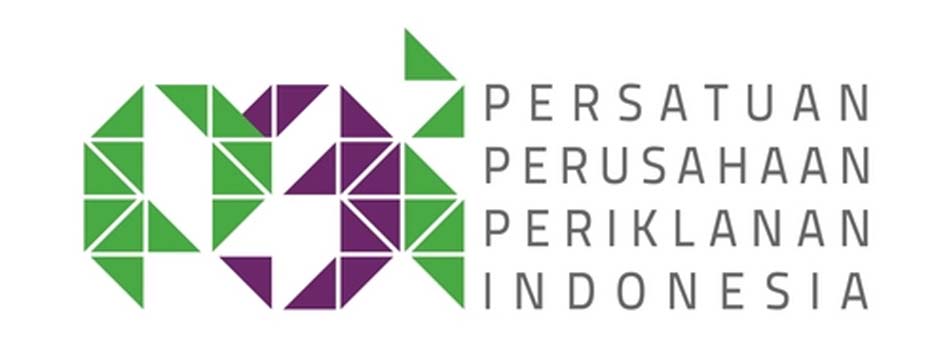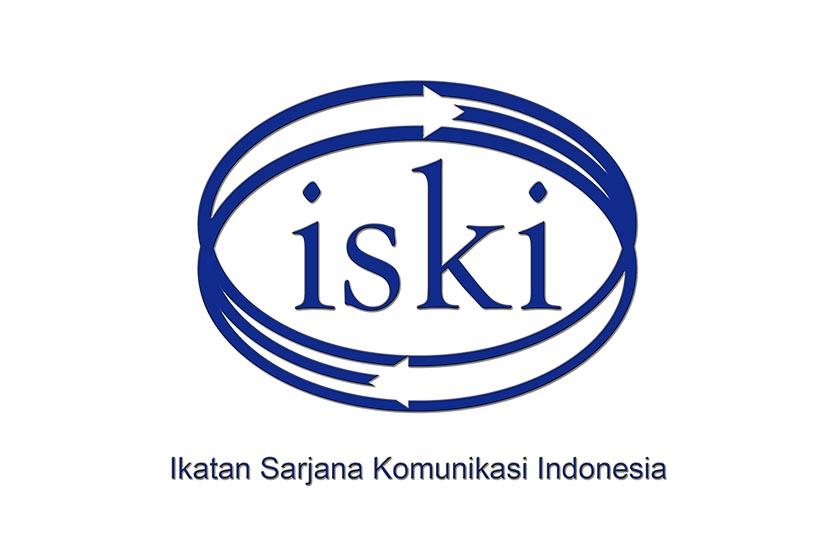Hindu Spiritual Tourism Branding
The AKIELS Analysis of the Self-Healing Program through the Melukat Ritual at Tirta Empul Temple, Bali
DOI:
https://doi.org/10.36782/jobmark.v1i2.282Keywords:
Brand Knowledge, Brand Image, Brand Experience, Brand Loyalty, Brand SpiritualityAbstract
The presence of spiritual tourism in the form of a hugging process, known as a self-cleansing ritual for Hindus, has now become much sought after by local and foreign tourists. The Melukat ritual, a sacred Hindu practice, involves a series of cleansing and purifying activities in a holy water spring, believed to provide spiritual and physical healing. This process provides benefits, namely self-healing from stress, trauma, depression, and so on, just by going through several believed stages. Tirta Empul Temple is the most popular Melukat location for tourists in Bali. The queue for those who want to carry out the Melukat process is always long and snakes every day, not only during the holiday season or holidays. This study focuses on observing tourist self-healing program activities through the Melukat ritual using the AKIELS Model analysis knife. The findings show that Tirta Empul Temple, in the minds of tourists, is attached to the Melukat ritual, which is believed to be self-healing for tourists because it provides calming benefits from stress, trauma, and depression. Tirta Empul Temple has become embedded in the minds of tourists, and it can be represented by the many visitors who come to do the ritual Melukat almost every day. This study produces an in-depth understanding of Hindu spiritual tourism branding by dissecting the aspects of brand awareness, knowledge, image, experience, loyalty, and spirituality in the tourist self-healing program through the Melukat ritual in Bali.
Downloads
References
Aaker, D. A. (2018). Brand Personality and Brand Image. Journal of Branding and Marketing Communication 22(1), 22-30. https://doi.org/10.1108/10610420310463135
Artana, I. W. (2018). Ideologi Melukat Dalam Praxis Kesehatan. Jurnal Ilmiah Ilmu Agama dan Ilmu Sosial Budaya, 13(2).
Brakus, J.J., Schmitt, B.H & Zarantonello, L. (2009). “Brand Experience: What is it? How is it Meassured? Does it Affect Loyalty? Journal of Marketing, 73(2).
Dinar, I, G., Mulyawati, K. R., & Permatasari, I. (2023). Pengembangan Daya Tarik Wisata Melukat Sebagai Intangible Heritage Di Kabupaten Gianyar. KERTHA WICAKSANA Sarana Komunikasi Dosen dan Mahasiswa, 17(2).
Durianto, Darmadi, Sugiarto, dan Toni Sitinjak. (2001). Strategi Menaklukan Pasar melalui Riset Ekuitas dan Perilaku Merek. Jakarta: PT. Gramedia Pustaka Utama
Eka, M. (2000). Pengaruh Fanatisme Suporter, Brand Love, Dan Perilaku Konsumtif Terhadap Keputusan Pembelian Merchandise. Fakultas Ekonomi dan Bisnis, Universitas Brawijaya
Ghea, R. (2022). Pengaruh Destination Brand Experience Pada Intensi Rekomendasi Dan Kunjungan Kembali Pariwisata Tegal. Jurnal Penelitian Pendidikan dan Ekonomi. Volume 19(1)
Indriani, M. N. (2019). The Existence of Local Wisdom in The Dimension of Water Sources Washed in Bali. PROCEEDING BOOK, 101.
Keller. (2003). How To Manage Brand Equty. Jakarta: gramedia pustaka.
Kotler, Keller. 2009. Manajemen Pemasaran. Jilid 1. Edisi 13. Jakarta: Erlangga.
Muliadiasa, I., K., Wiyasa, I., B., M, & Aprinica, N., P., I. (2022). Potensi Wisata Spiritual Alas Metapa Desa Peninjoan, Kecamatan Tembuku, Kabupaten Bangli. Jurnal Ilmiah Pariwisata Agama dan Budaya.
Nurul, A. (2023). Keputusan Berkunjung Wisata ke Dunia Fantasi (Dufan) Yang Dipengaruhi Oleh Fasilitas Tempat Wisata Dengan Loyalitas Sebagai Variabel Mediasi. Jurnal Manajemen dan Bisnis 2(1)
Sari, P. R. T., Wisudawati, N, N, S., & Yulianthi, N, M, D. (2022). The "Melukat" Tradition As Millennial Religious Tourism In Badung, Bali. Jurnal Antropologi Isu-Isu Sosial Budaya, 24(2).
Schiffman, Leon, & Kanuk, Leslie Lazar (2008). Consumer Behaviour (edisi tujuh) perilaku konsumen.Jakarta: PT.Indeks
Susanti, H. (2022). Wellness Tourism sebagai Bentuk Adaptasi terhadap Dinamika Pariwisata Bali di Era New Normal. Jurnal sosiologi, 16(1).
Thomas, B. (2019, August 22). Brand Behavior vs. Brand Value. Nalla. https://nalla.co.uk/brand-behaviour-vs-brand-value/ (e-article/ online media)
Wijaya, B. S. (2013). How ‘Deep’ is Your Brand? The Hierarchical Effects Model of Emotional Branding. Journal Communication Spectrum, 3(2), 158-169. https://doi.org/10.36782/jcs.v3i2.1974



















